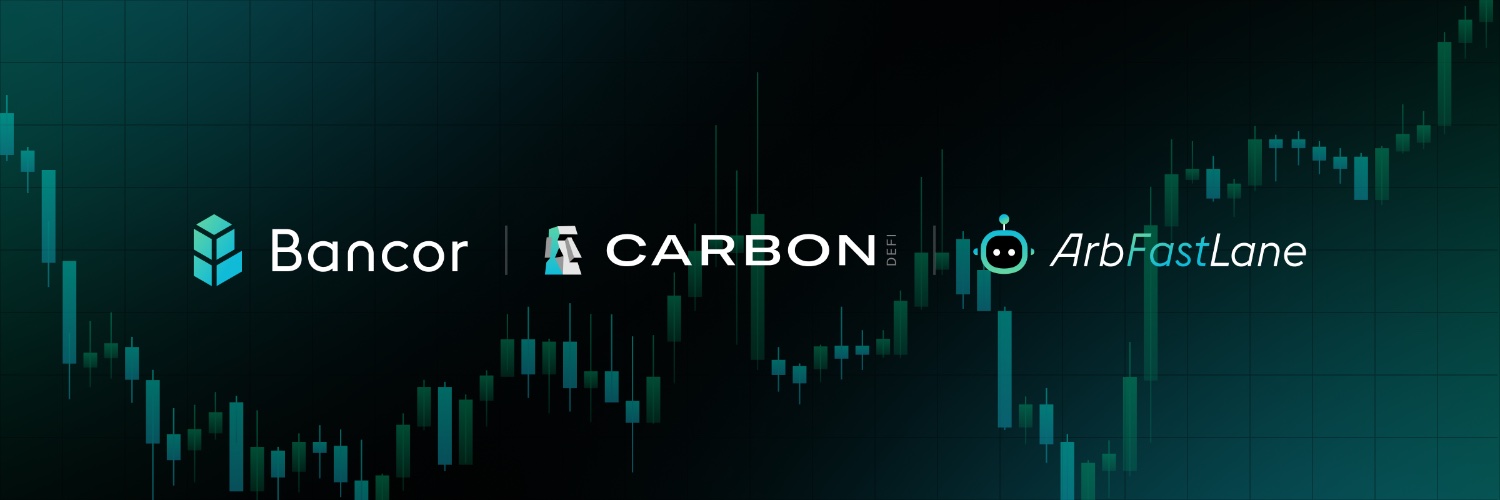# LP
Short for Liquidity Provider or Liquidity Provision
Short for Liquidity Provider or Liquidity Provision

DeFi / DEX aggregator that is interested in high liquidity and optimal rates on Ethereum, Binance Smart Chain, Optimism, Polygon

Aave is a decentralized money market protocol where people can lend out their assets to earn interest, or borrow various cryptocurrencies against their deposited collateral. The protocol has a native token AAVE, which is used by its community to make collective decisions on the direction of the protocol.

Aloe is a permissionless lending protocol built on Uniswap, featuring risk-isolated pools, dynamic LTVs, and ultra-efficient liquidations. It's audited, governance-minimized, and supports Uniswap positions as collateral.

Balancer is a multi-token automated market maker (AMM) that functions as a self-balancing weighted portfolio protocol. Balancer is built on the Ethereum network. It allows anyone to create or add liquidity to customizable pools and earn trading fees. Compared to a typical constant product AMM model, Balancer uses a generalization formula that could be adjusted to any number of tokens at any amount of weightage.

Bancor is a decentralized exchange. It is distinguished from other DEX protocols by its automated market maker, which lets people deposit liquidity in a single-sided fashion, whereas many other platforms require its visitors to provide liquidity with their tokens in an inherently two-sided way. Bancor's automated market maker mechanism achieves this through its native token, BNT, which is dynamically minted and co-invested by the protocol when visitors deposit their collateral as liquidity. Besides having BNT as the unitary counterpart asset of exchange for trading on the platform, the protocol also offers a unique solution against Impermanent Loss to its liquidity providers.

Curve is a decentralized exchange protocol. It is mainly utilized for swapping various stablecoins, as its Automated Market Maker mechanism is designed to handle such trades very efficiently. The protocol's native token is CRV, which people may stake for periods of time in order to earn the right to partake in the protocol's governance decisions as well as to claim a part of the protocol's cash flows.

dForce is a decentralized finance (DeFi) platform that focuses on creating an integrated and interoperable financial ecosystem. It offers a variety of DeFi services including asset protocols, lending, and trading, aimed at facilitating a decentralized monetary system. The platform is designed to support a comprehensive DeFi infrastructure.

Euler is a non-custodial permissionless protocol on Ethereum that allows users to lend and borrow almost any crypto asset. Euler helps users to earn interest on their crypto assets or hedge against volatile markets without the need for a trusted third-party.
Euler introduces a number of new features in DeFi, including permissionless lending markets, protected collateral, reactive interest rates, per-second compounding interests and feeless flash loans.
Euler lets its users determine which assets are listed. Any asset that has a WETH pair on Uniswap v3 can be added as a lending market on Euler.
On Compound and Aave, collateral deposited to the protocol is always made available for lending. On the other hand, Euler allows collateral to be deposited, but not made available for lending. This collateral is 'protected'. It doesn't earn interest, but is free from the risks of borrowers defaulting, can always be withdrawn instantly, and helps protect against borrowers using tokens to influence governance decisions.
Euler uses control theory to autonomously change the interest rates towards a level that maximises utilisation of assets in the protocol. These reactive interest rates adapt to market conditions for the asset in real-time without the need for ongoing governance intervention.
Compound interest is accrued on Euler each second. This is different from other lending protocols, where interest is typically accrued every block. Earning interest per-second is generally expected to perform more predictably in the long-run, even if upgrades to Ethereum lead to changes in the average time between blocks.
Euler only charges fees according to the time value of money, and from the blockchain's perspective flash loans are held for a duration of 0 seconds. Thus, they are entirely free on Euler (ignoring gas costs).

We are a REKT-resistant EVM Layer 1 blockchain, engineered to address the critical challenges of security and liquidity in Web3. Through innovative solutions like the Haven1 Passport (POI), 2FA Wallet-Shield, AI-powered network monitoring, and a robust liquidity aggregation system, Haven1 is building a Safe Haven ecosystem for everything onchain in Web3

Trustless automatic DeFi strategies. Permissionless vaults ecosystem for capital efficiency – we create the future of optimal cross-protocol multi-token liquidity allocation.

Buy, sell, and swap NFTs instantly. Deposit NFTs to earn yield (but you may not get the sames ones back).

Sushi is a decentralized exchange protocol. While originally launching as a Uniswap fork, the project's community has since developed a wide range of features that make use of decentralized liquidity pools. The protocol's native token, SUSHI, can be staked in order to claim a part of the protocol's fees.

Uniswap is a decentralized exchange protocol (DEX). It allows people to set up or contribute to liquidity pools consisting of various ERC-20 token pairs, or to use the available liquidity to swap their tokens against another using its Automated Market Maker (AMM) mechanism.
AMMS are one of the building blocks in the crypto space as they always provide users with a price between two assets. Uniswap uses a simple X * Y = K, formula to price assets where x is the amount of one token in the liquidity pool, and y is the amount of the other. k is a fixed constant, meaning the pool’s total liquidity is always the same.
There are various risks involved with using AMMS. These include but are not limited to: Protocol Risk - risk due to mechanics in the design of a protocol. Even when the protocol functions as intended there might be risks e.g. high slippage incurred in trades due to the liquidity curve set-up Smart contract risk - This is risk from an error in the code causing the contract to operate in ways unexpected by the developers. It might leave the code vulnerable to exploits or other attacks Cybersecurity risk - Hackers, Exploiters or other malicious actors trying to attack Uniswap
Uniswap is arguably one of the largest AMMs in crypto and is usually the protocol where tokens find the most liquidity. Its UI/UX is extremely simple and users can trade most tokens with little problems.

Zapper is a DeFi platform that allows users to manage their investments across various blockchain protocols without needing to navigate each one individually.
It simplifies tracking and managing assets by providing a unified dashboard for viewing investments, liquidity pools, and yield farming opportunities. Zapper aims to make DeFi more accessible and user-friendly.